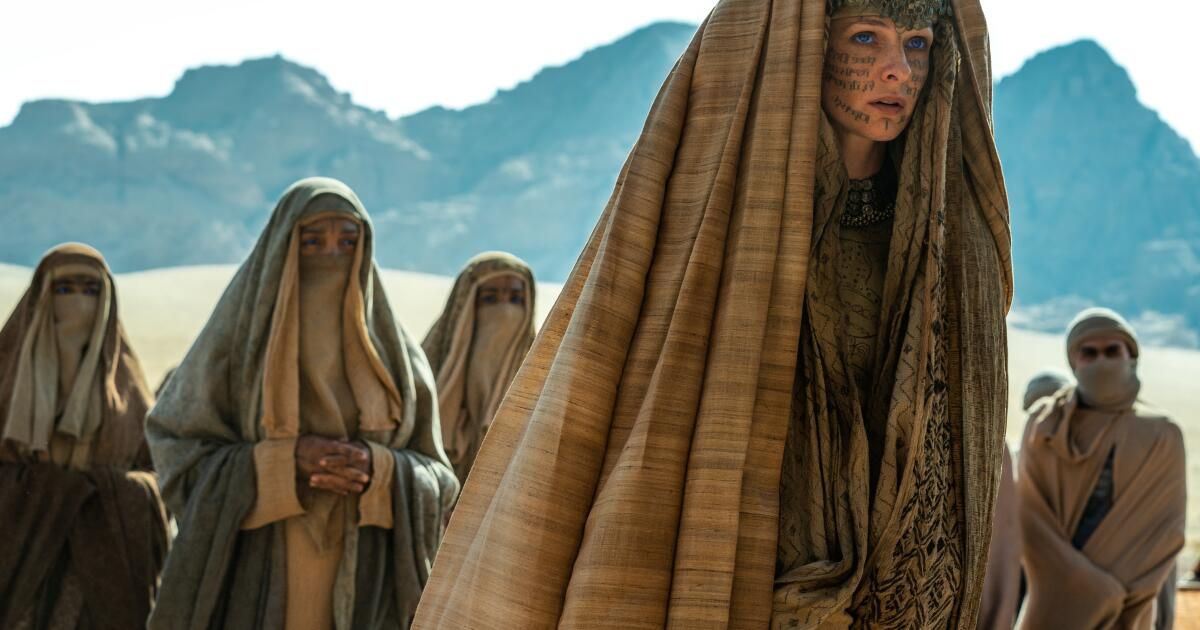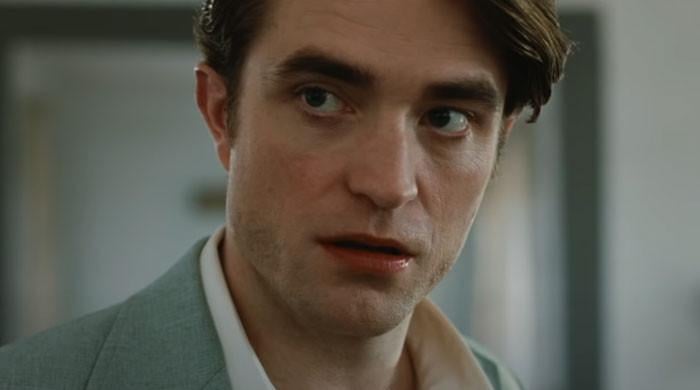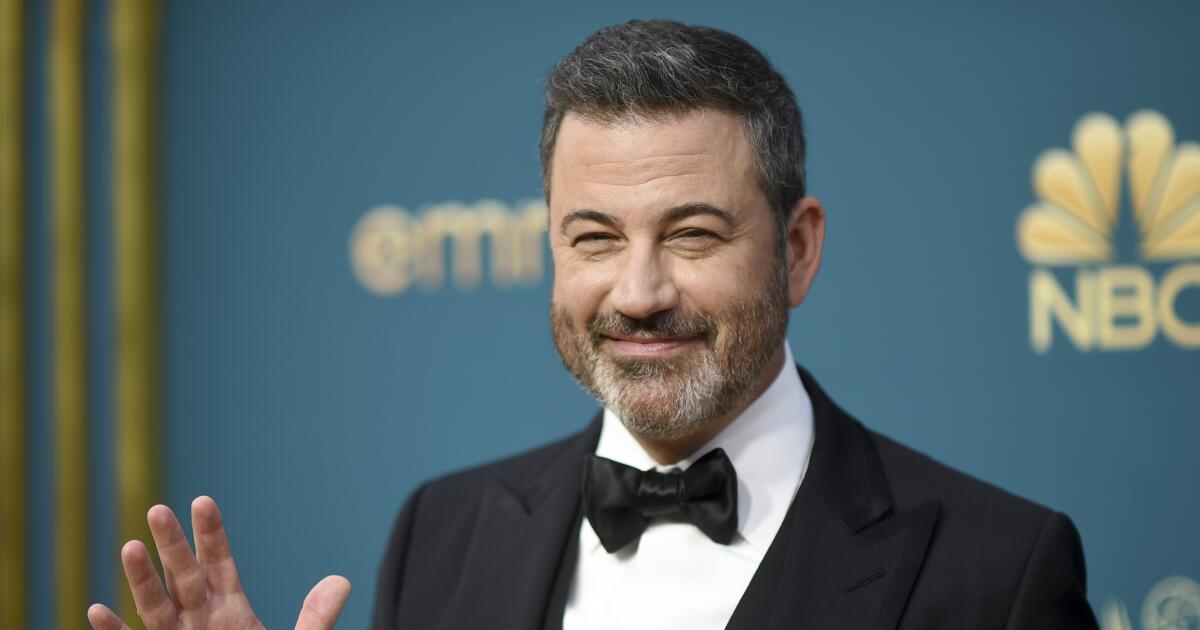Warning: spoilers ahead. Absolutely don't read this if you haven't seen “Dune Part Two.” I'm serious.
I knew I was going to have trouble with “Dune: Part Two” when it opened with an image of a fetus.
If female autonomy wasn't currently under attack from so many sides, my stomach might not have tightened so dramatically when those underdeveloped eyes and barely formed limbs marked the return to the extensive story of Paul (the last of his house) Atreides, his pregnant mother and those around her.
But a lot has happened since the first part of Denis Villeneuve's magnificent adaptation of Frank Herbert's dystopian epic was released in 2021. The overturning of Roe vs. Wade in 2022 had led to a growing emphasis on “fetal rights,” including the recent determination by the Alabama Supreme Court that frozen fertilized eggs are, legally, children.
Which “Dune: Part Two” only stands out for the appearance of this fetus, which will soon become sentient and begin to speak through its mother, Lady Jessica (Rebecca Ferguson).
Lady Jessica, once an incredible member of a mysteriously powerful order of priestesses, dramatically saves her son's life at the beginning of the film only to slowly become a glorified baby monitor.
He also does other things, namely pressuring Paul (Timothée Chalamet) to accept his “destiny” as the much-prophesied “messiah” (and away from the loving arms of non-real warrior Chani, played by Zendaya) with the ferocious single . mentality of Angela Lansbury in “The Manchurian Candidate”.
But as the film progresses, Lady Jessica increasingly serves only to deliver communications to Paul from his unborn sister, who seems far more concerned with his reluctance to start an interstellar holy war than, say, with the development of her own. extremities.
For the record, I thoroughly enjoyed “Dune: Part Two,” which I saw on Saturday morning because I couldn't find another screening that wasn't completely sold out. And I understand it. It is science fiction, and like many science fiction and fantasy writers, Herbert created a complex, fully realized world based on a mix of ancient cross-cultural mythology and futuristic imaginations that highlight the problems of history and the modern world.
All of which Villeneuve has brought to vivid life, grit in the teeth, and hydration buildup.
The “Dune” series, and Villeneuve’s two-part film adaptation of his first book, is a true epic, with many alarmingly resonant themes. In the distant future, an interplanetary emperor pits noble houses from many planets against each other as they compete for power, particularly in the gathering of spices, a quasi-magical waste product of the gigantic sandworms that live on Arrakis. This barren world is also inhabited by the beleaguered Fremen, whose eyes have turned blue from long contact with spices and who are considered subhuman by the other planets and their armies.
For many Fremen, the only hope is the arrival of a long-promised messiah.
So feudalism, check; environmental exploitation, control; Colonialism, racism and the power of religion, control, control, control.
However, behind it all is the Bene Gesserit, a group of priestesses who possess, among other things, the ability to bend the will of others through the use of “the voice”, determine the sex of their children, and survive poisoning. They also have a far-reaching plan that they are implementing through years of prophecy and eugenics: to produce a male messiah, over whom they have control, to liberate the world. Or whatever. (The Bene Gesserit don't seem particularly supportive of freedom as most people define it.)
I'm 100% behind any story that includes an all-powerful group of forward-thinking priestesses, even if they're super evil and manipulative, and the usual snide comment about men not being up to the physical and mental challenge of ruling doesn't do it. did. not go unnoticed. Additionally, the leader of the group is played by Charlotte Rampling, which is as it should be, since she is the only living actress who can project both world-weary wisdom and outright cruelty while wearing an absurdly tall hat and a nearly impenetrable black veil. .
In the first film, his relationship with acolyte Lady Jessica feels a bit like that of a perpetually skeptical CIA chief dealing with an infuriating but productive rogue agent. And Lady Jessica lives up to the role. Yes, Paul is the main character of “Dune,” tormented by visions of an apocalypse that will follow her acceptance of his fate, but in the first film he is linked to his mother in a way rarely seen on film. .
I eat in a respectful, loving and non-toxic way.
After Paul's father is forced by the Emperor to take over spice production on Arrakis and then killed, along with the rest of House Atreides, Paul and Lady Jessica flee into the desert. Their adventure is one of equals. When they encounter the initially hostile Fremen, it is not only Paul who proves to be a superior warrior; Lady Jessica may be pregnant, but that doesn't affect his fighting skills.
That's why I went into the second movie with such hopes for girl power, only to be faced with a giant fetus.
Things change for the mother-son couple, and quickly. First, Paul falls in love with Chani, a Fremen warrior who sees the prophecy of the Messiah as propaganda for the overlord, which naturally threatens to sideline his mother. Indeed, in Herbert's version, the couple lives with the Fremen for years, during which time Lady Jessica gives birth to her daughter Alia and fades into the background.
Cleverly keen to keep the magnetic Lady Jessica center stage, Villeneuve condenses the original chronology; The second film begins shortly after the events of the first. As in the book, Lady Jessica is forced to become the Reverend Mother of the Fremen by drinking “the water of life”, a poisonous liquid extracted from sandworms that downloads the memories of all of her ancestors. Only a Bene Gesserit can neutralize the poison that, as we are repeatedly told, would kill any man. Unfortunately, she does it during pregnancy, giving her fetus the same power.
In the book, this results in a wickedly intelligent and dangerous little priestess. Hoping, perhaps, to avoid the creepy woman/child of the later “Twilight” films, Villeneuve instead offers us a prenatal version of Alia: “Look Who's Talking Dune: A Womb with a View.” Unfortunately, this means that the fiercely independent Lady Jessica we knew and loved is gone. Heavily pregnant, she has little more to say than the messiah's mother's version of “Sing out, Louise” and whatever her not-yet-viable fetus tells her.
Also, he taught Paul how to use “the voice,” which I think will turn out to be a big mistake.
All of which only highlights the contradiction at the heart of the story: for all their superpowers, the Bene Gesserit's main purpose seems to be reproduction. Self-controlled reproduction, no doubt, down to the gender of the baby, but for the purpose of producing a male leader whom they hope to “control” from the shadows.
In other words, the kind of power adjacency between boy and mother that most women have had to be content with for centuries. Considering the medieval nature of “Dune's” power structure (warring royal houses, sacred signet rings, steadfast knights (and traitors), that makes some narrative sense. Throughout the story, even royal women They were linked to the production and destiny of their children.
Still, given the enormous promise of superpowered priestesses, honestly, if they can control people with their voices, how come they're not completely in charge? – including a mother who can defy her terrifying boss, stay calm in a helicopter crash, and hold her own in a knife fight, it was a little disappointing to realize that the women of the “Dune” universe are still primarily defined by their ability to give birth.
Even Florence Pugh's Irulan princess, daughter of the Emperor, was used primarily as marriage bait. (Although she is also a Bene Gesserit and her name begins with “i-rul,” so here's hoping.)
Only Chani manages to escape the trap of prophecies and lineages, of arranged marriages, designer babies and the dream of world domination. And since the final image of her is of her, a grown, non-pregnant woman literally turning her back on the whole mess and preparing to ride a sandworm into the sunset, maybe there's hope for us all.












